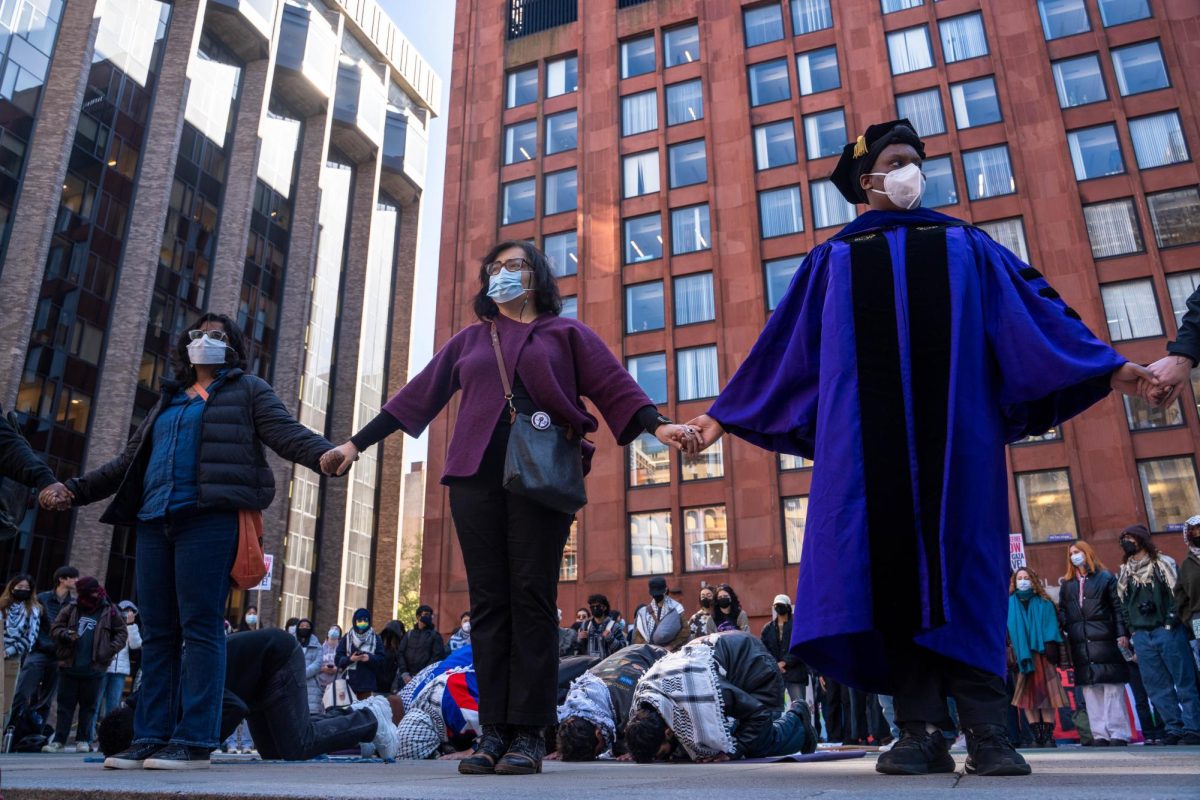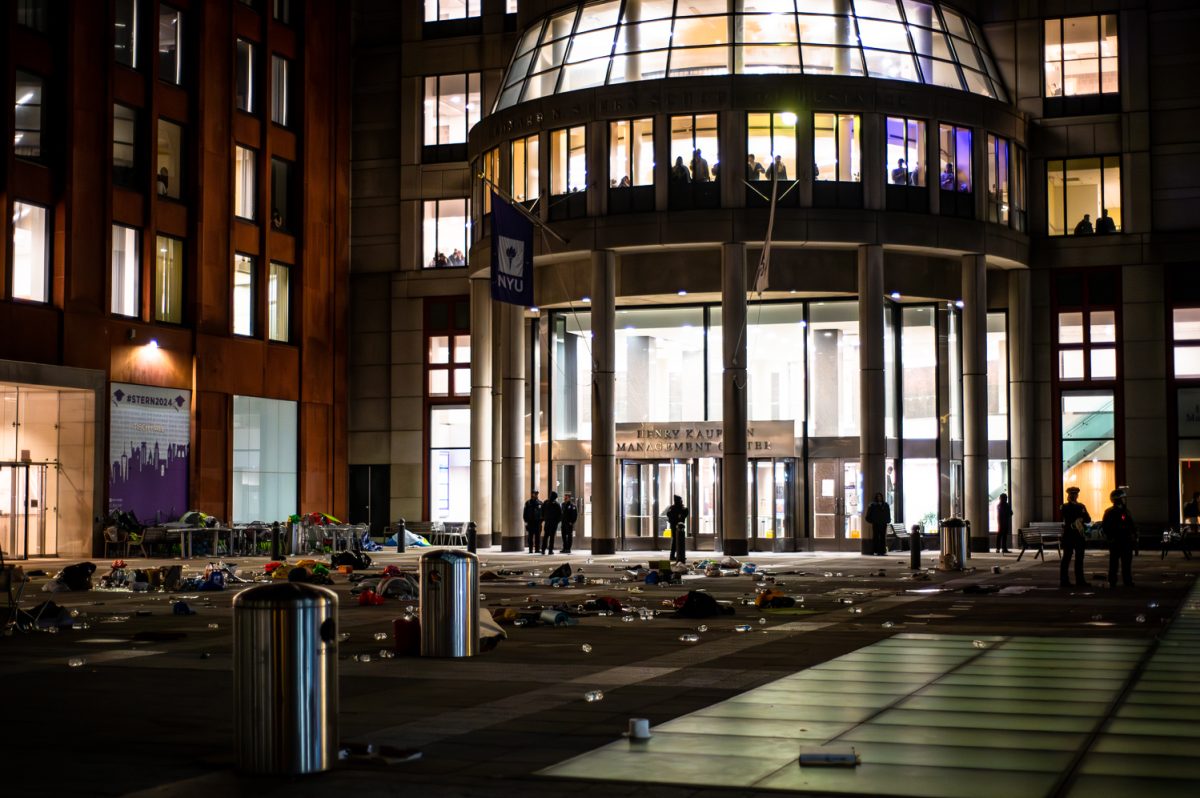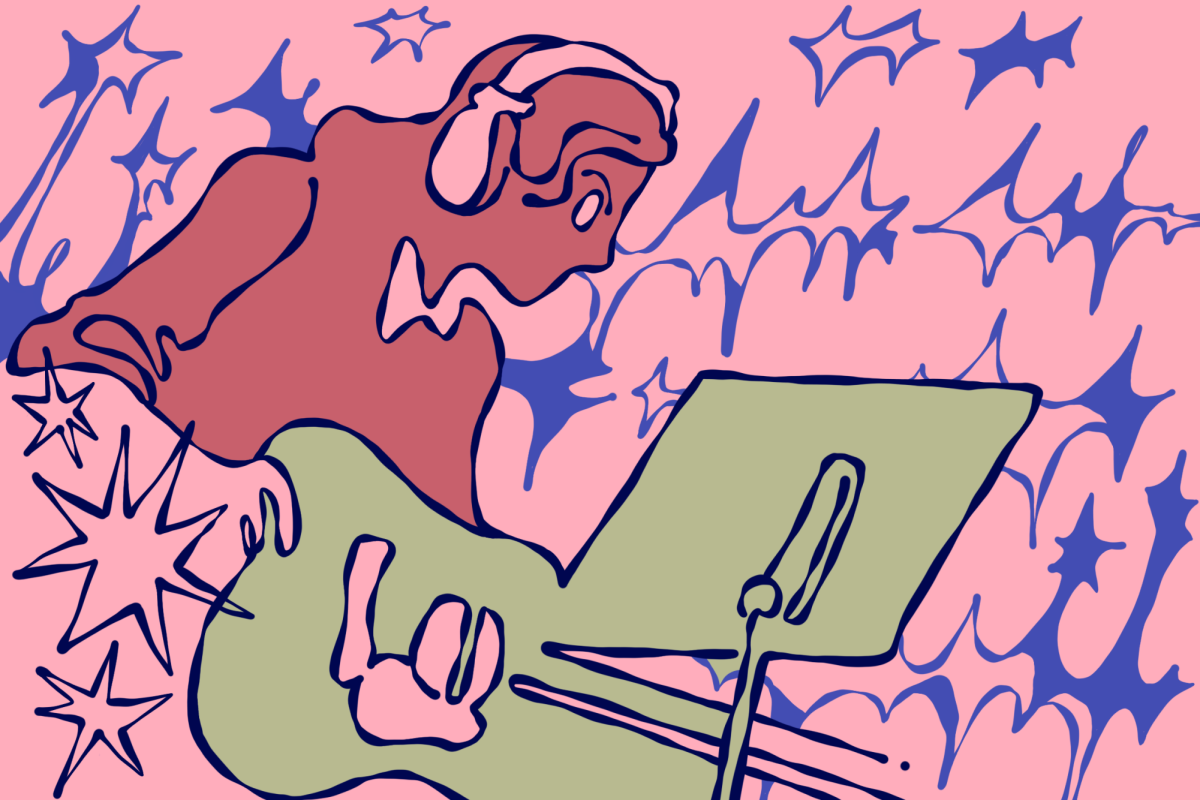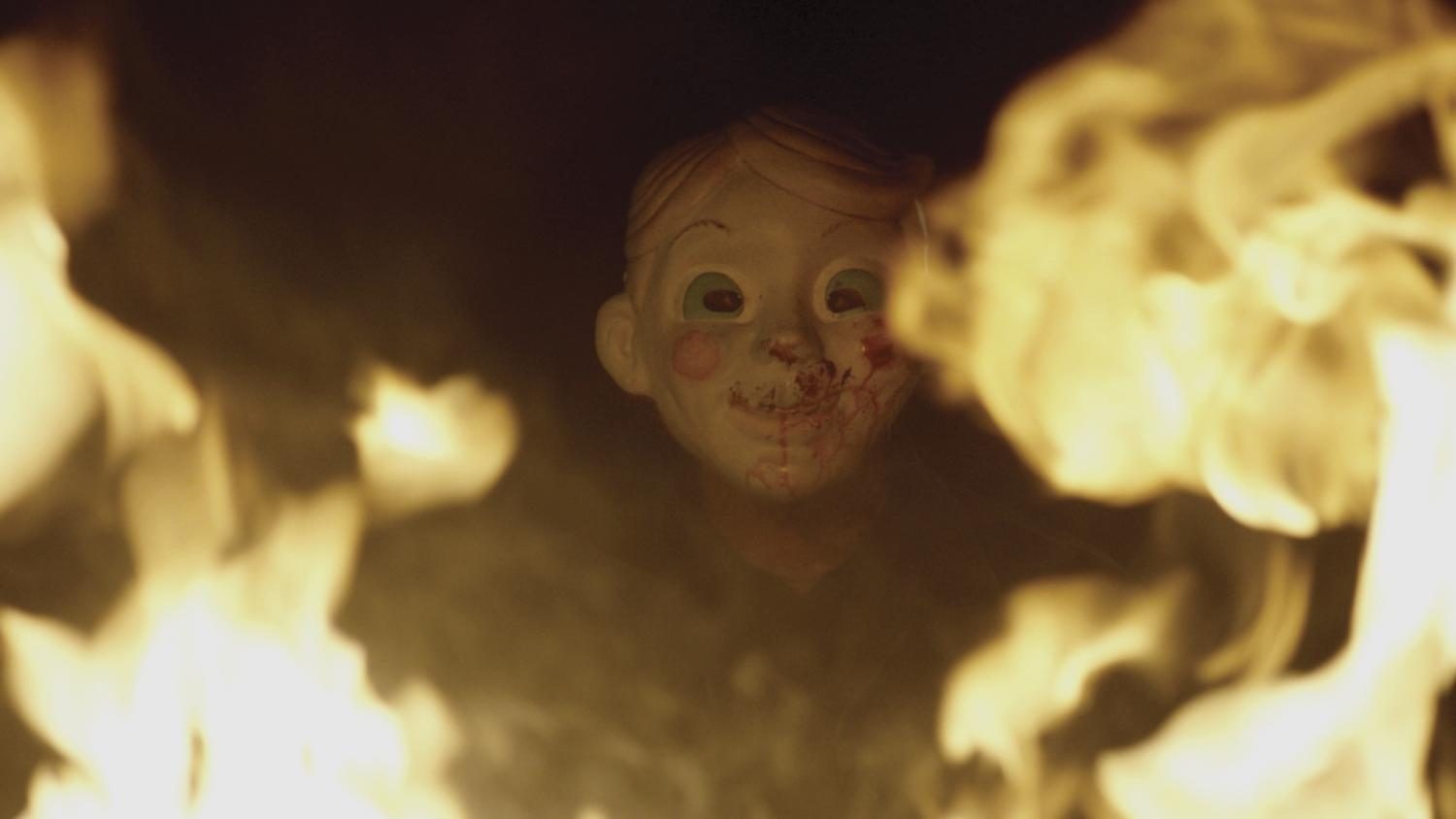Tribeca 2017: ‘Psychopaths’ Doesn’t Craze Any New Ideas
Mickey Keating’s “Psychopaths” stars Larry Fessenden, who plays serial killer Henry Earl Starkweather.
May 1, 2017
Our darkest intentions join with the darkest hour of night — at least, that’s the case in “Psychopaths,” which premiered April 20 at the Tribeca Film Festival. Up-and-coming director Mickey Keating’s new horror feature utilizes the full moon to bathe the landscape with bloodshed. It just so happens an ominous moon eclipses the execution of notorious serial killer Henry Earl Starkweather (Larry Fessenden), who devilishly foreshadows before his death that he is not the only murderer the townspeople need to worry about.
Indeed, within the first few minutes of the film, the audience is introduced to the multiple psychopaths Starkweather mentions: a good old-fashioned strangler (James Landry Hebert), a man disguised with a paper mask (Sam Zimmerman), a quiet blonde woman (Angela Trimbur) and a starlet with a bit of a personality disorder (Ashley Bell). Their macabre descent upon the innocent civilians is displayed thanks to Keating’s sharp eye, with particular attention paid to copious, glorious gore and pure psychedelic neon imagery. All of this harkens back to the classic horror movies of the ‘70s.
If any of this sounds a bit expected, it is — herein lies the overarching issues inherent in “Psychopaths.” The film is so insatiably obsessed with the legends and timeless horror tropes it idolizes that it fails to recognize the intricacies of what gave said pieces their high status. It ultimately comes across as such a confluence of styles and influences that it feels both too little and too big. It incorporates too many influences to feel original, yet it is too ambitious in scope to find its own voice.
Keating clearly loves horror film and culture, and he should be respected for his wealth of knowledge. But unfortunately, like other recent horror tributes such as “The Void,” it lacks a critical understanding of subtlety. One of the murders pivotal to the narrative is a lucid reference to the 1978 slasher “Halloween” — a long-tracking shot of one the killers descending toward the door of the unsuspecting victim. However, the suspense is fragmented with interjections of the victim’s volatile behavior, loudly disrupting the unsettling intrigue of the nocturnal hunt.
Perhaps these broken connections could be glossed over with dynamic characters that overshadow the cliche and underdeveloped connections. The film appears to be on the cusp of this, but it sadly falls short due to the number of psychopaths in the film. There is never enough focus on any one character for any particular one to be truly developed. This is a shame, as the portrayals by Bell and Trimbur are fascinating, elevated further by strong performances by both actors. They greatly overpower their two male counterparts, both of which are entirely forgettable and whose sections drag the narrative and tone of the piece down.
“Psychopaths” is a style film in desperate need of substance. Keating controls visceral and beautiful imagery masterfully, but he does not yet possess the craftsmanship necessary to polish his passions. He showcases promise here, but sadly for the spectator, one leaves “Psychopaths” feeling none of the influence or the ingenuity. The film is as detached from these killers as the killers are from their own actions.
Email Matthew Holman at [email protected].












































































































































